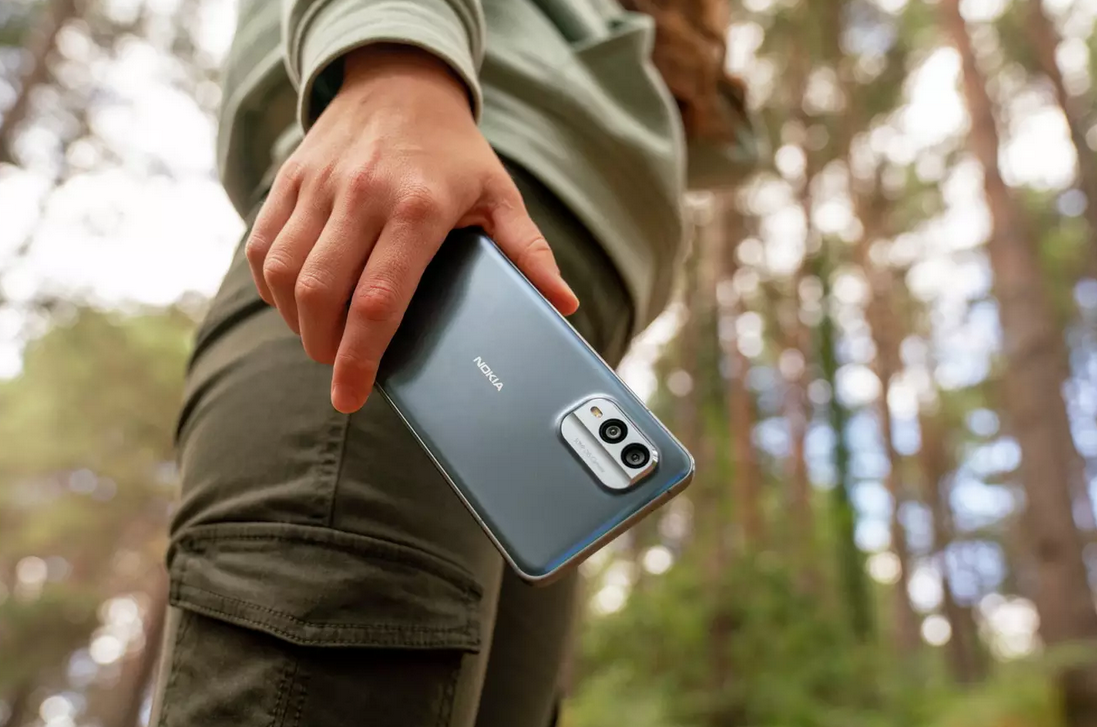
If you’re looking at upgrading your smartphone or simply browsing the new tech on the market, you may feel overwhelmed with all the terminology used. Things like megapixels, RAM and processing speed are all important in understanding the specifications of a phone, but what do they mean? In this article we break down some common terms.
CPU (Central Processing Unit): This is almost like the phone’s brain. It is the component which processes the instructions to carry out different commands on the phone. The CPU is made of multiple cores which helps to handle multiple commands simultaneously, which is important in modern smartphones with an expanded range of features.
Processing speed: This is the rate in which the CPU can carry out the different instructions and commands.
Internal storage: This refers to the amount of built-in memory available on the device. This is important if you like taking photos or downloading and listening to music on your phone. The average internal storage for smartphones is increasing as newer phones are released. In general, the average internal storage can range between 64GB and 128GB depending on the manufacturer and model of phone.
OS (Operating System): This is the type of software platform used to control the basic functions of the phone. This typically varies by manufacturer. The common OS used are iOS for Apple and Androids for other manufacturers.
Camera megapixels: This refers to the resolution of the phone’s camera sensor which can show the level of details captured in photos. Generally, the higher the megapixel the better the level of detail.
2G, 3G, 4G & 5G: These are different generations of mobile network technology. 5G is the latest generation and offers a faster internet speed in comparison to the rest. 4G is close behind and still offers a quick speed of data. It is worth noting that 2G and 3G still exist, providing a slower data transfer, but they are being phased out.
RAM (Random Access Memory): The RAM is temporary memory that stores data the CPU needs to access quicky. The higher the RAM, the better the CPU is at multitasking.
NFC (Near Field Communication): This is a technology which allows devices to communicate when close together. Examples of this include contactless payment methods or NFC chips with other smart technology.
Biometric Security: This is a security feature which authenticates users. Examples of this include facial recognition scanners or fingerprint scanners to identify the user and unlock the phone.
Screen resolution: The screen resolution refers to the number of pixels displayed on the screen. This is important to get the best image quality when viewing the screen. The higher the number of pixels, the sharper and clearer the image will be.
UI (User Interface): This is the interface that the user can see. For example, the layout of the home screen and the different things the user can interact with.
VoLTE (Voice Over LTE): This is a technology that allows you to make voice calls via a LTE/4G network. Before VoLTE was used, if a call was done via a 2G or 3G network there would often be a slight delay. Using a 4G network is much faster, and the delay is removed making a better audio experience on calls.
Now you know your jargons!
Knowing what these different tech terms mean can help you to understand what you’re looking at when you look at a new phone, and how these features may be beneficial to you.
You can click here to view our range of mobile phones and accessories.